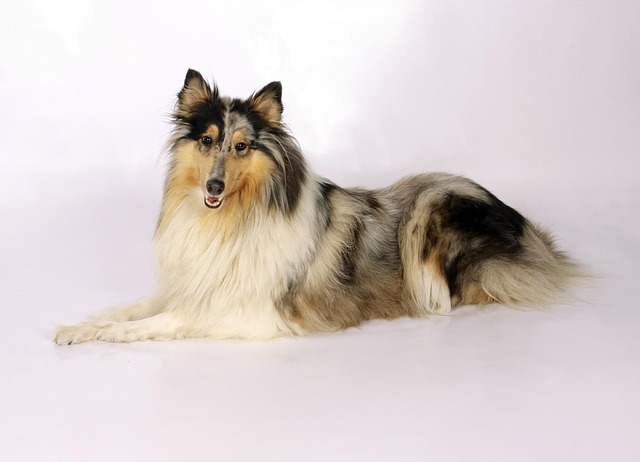
What is glaucoma in a dog?
You might notice your dog squinting more at mealtime or avoiding bright sunlight—these small changes could be early signs of a serious eye condition.
Every new dog owner dreams of happy walks in the park and cozy cuddles on the couch—but there’s a hidden threat that can turn those joys upside down: canine parvovirus. This highly contagious virus targets puppies and unvaccinated dogs, attacking their digestive systems and immune systems fast, often leading to severe illness or even death. It spreads easily too—on shoes, shared water bowls, or even the grass where an infected dog has been, making prevention key for keeping your furry friend safe.
Understanding how canine parvovirus spreads is the first step to stopping it. The virus lives in feces and can survive in soil or on surfaces for months, even in harsh weather. Puppies under 6 months old are most at risk because their immune systems aren’t fully developed yet. That’s why vets in most places recommend starting vaccinations early—usually at 6 to 8 weeks old, with booster shots every 3 to 4 weeks until they’re 16 weeks. And here’s an important note for compliance: many cities and states require proof of core vaccines (including parvovirus) for licensing, so staying on schedule keeps both your dog and your paperwork in order.
 When it comes to day-to-day prevention, small habits make a big difference. Avoid taking unvaccinated puppies to high-traffic dog areas—like dog parks, pet stores, or busy sidewalks where lots of dogs pass through. If you walk other dogs or visit places with unknown pups, wipe your shoes with a disinfectant made for parvovirus before stepping inside your home. Also, always clean up after your dog in public—this isn’t just a courtesy (though it’s a big part of community respect), it also stops the spread of viruses and keeps shared spaces safe for everyone’s pets.
When it comes to day-to-day prevention, small habits make a big difference. Avoid taking unvaccinated puppies to high-traffic dog areas—like dog parks, pet stores, or busy sidewalks where lots of dogs pass through. If you walk other dogs or visit places with unknown pups, wipe your shoes with a disinfectant made for parvovirus before stepping inside your home. Also, always clean up after your dog in public—this isn’t just a courtesy (though it’s a big part of community respect), it also stops the spread of viruses and keeps shared spaces safe for everyone’s pets.
Training and care go hand in hand with prevention too. Positive reinforcement training (think treats and praise instead of scolding) helps keep your dog calm and focused, which means they’re less likely to sniff or eat something dangerous while out—like contaminated dirt or feces. For apartment dwellers, stick to designated pet relief areas and sanitize any toys or bowls that other dogs might touch. Remember, stress weakens a dog’s immune system, so keeping their routine steady and providing plenty of mental stimulation can help them fight off illnesses better, including parvovirus.
Preventing canine parvovirus isn’t about fear—it’s about being a prepared, responsible owner. Sticking to vaccine schedules, avoiding risky areas with young pups, and keeping good hygiene habits will protect your dog’s health. Plus, following local rules (like licensing and waste cleanup) helps build trust in your neighborhood and keeps the community pet-friendly. With these steps, you can focus on what matters most: enjoying all the love and fun that comes with having a dog by your side.

You might notice your dog squinting more at mealtime or avoiding bright sunlight—these small changes could be early signs of a serious eye condition.

Let’s set the scene: It’s a sweltering Phoenix afternoon—105°F outside—and you rushed your 2-year-old Lab mix, Cooper, on a quick walk to “get it over with.”

Let’s get real: You’re in your Miami apartment, watching your 3-year-old Corgi, Loki, struggle to climb the stairs to your second-floor unit.

Many dog owners brush off occasional scratching as just “dog behavior,” but persistent itching often signals something more—like a food allergy.

You might first notice your dog scratching more than usual—chewing at their paws until the fur looks thin, or rubbing their face against the couch nonstop.

Let’s be real: You’re standing in your Chicago apartment, watching your 3-year-old Beagle, Max, huff and puff just to climb onto the couch.